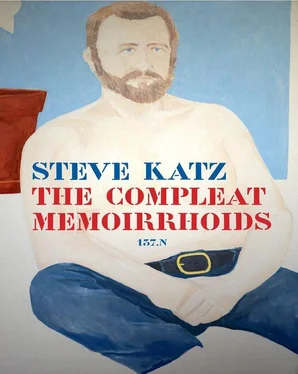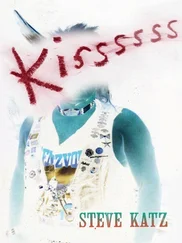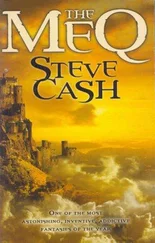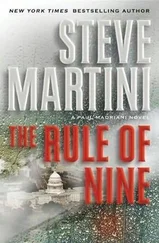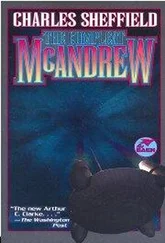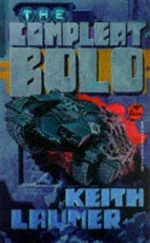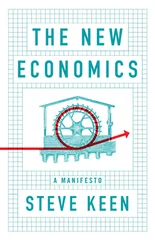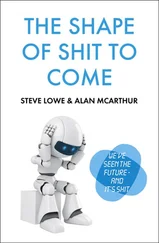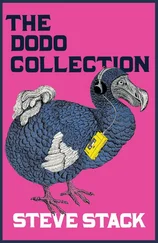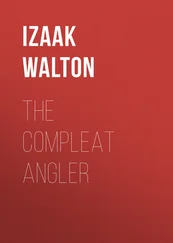The southeast section of the park held a wading pool with a sprinkler to cool toddlers in the summer. In Winter the “parky” froze the pool to make a skating pond. On the asphalt paths around the pond moms could perambulate their kids and turn them loose to romp with their little buddies. We played baseball in a dirt ballpark, handball on concrete courts. We shot hoops there. Dogs ran free on the dog run. An octagonal recreation hall with rest rooms and a curved loggia separated the recreation area from the wilderness, where I liked to run. From the concession stand, a hexagonal wooden hut with swing-up shutters, the dour Mrs. Downey sold Dubble-Bubble, Cream Soda, and stick pretzels two for a nickel. I grabbed these provisions and headed Southwest till I reached the mountain in this wild, an outcrop of mica-flecked Manhattan Schist, which was split by a ravine, a crevice, a canyon, whatever the narrative of the day required. A large sandbox nearby evoked the desert. There was a broad, sloping meadow like the high plains, anchored by some big oaks. If you followed an arroyo into the northwest corner you could squeeze into a small cave, a womb hideout that smelled of piss. Civilization hit the West pretty hard when they finished a terrace there, where codgers could settle on the benches and look out across the river and see the G.W. Bridge and the New Jersey Palisades, until developers blocked the view with a line of dreary apartment buildings on Haven Avenue.
Jayhood Wright was blessed by snow in Winter. The thrill when it stormed overnight was to go to bed and know that by morning whiteness would cover the high plain and turn the slopes of its windblown expanse into a wide thoroughfare for sled, toboggan, garbage can lid, flattened cardboard carton, so we could speed down through fierce wind and cold. This year I have a small Flexible Flyer. I sit on it and steer with my feet, belly down on it and steer with my hands. Stand up to lean against the slanting wind and I can fall off and might break bones. At the bottom you understand that if you want another ride you have to carry the sled back to the top of the hill.
On this one day of snow, sleet, and wind, my seventh trip up the hill is interrupted when I look through the overcast and see an opalescent lozenge of light. Other sledders gaze at this phenomenon. The brightness of the haze has intensified and congealed into this lustrous ellipse. Suddenly it moves, disappears into the haze, then reappears between the two bridge towers. It pulses in the hammock strung from East to West. Now I myself am lifted up, levitated, uninvited but urged to dwell within this glowing intensification of joy and sweat and sorrow and dreams.
I’ve met the “aliens” preserved in Roswell. They are nothing like what I find once I settle into this placelessness. No one here assumes a form yet all are present, if I dare call the expanse within this sustenance a “present.” Once at breakfast in Cape Breton, Phil Glass announced that on the night before he had spotted the strangest UFO he had ever seen. “Really?” said his friends. I refuse to think the UFO in which I find myself, and continue to sequester, is strange. Conversations in here are rich and deep and obvious. They carry without words, though words seem possible. All here flatscreen brightness no channels all image no sign no ring tone no cell phone echo no screen no buttons no numbers no voice in this limbo of coexisting possibilities. I speak to the individual with whom I speak though there is none, just this protospecific continuum of potential but never realized manifestations, so much like myself aching for time. It’s from this place, though to call it a “place” is overreaching and understating the condition, but it is from let us call it “here” that I transmit the dispatches that I call Memoirrhoids , formed of this dust that presents as light, in order to broadcast the notion that there is a modality to be called life, and that life can be mine, lived with some intensity and confusion, and I hereby smack open the illusion that some of this is real. I offer Memoirrhoids as tokens of existence. Once I have discharged 137 of these, if 137 is possible, the agreement is that I shall be released.
The Saturnia was headed finally for Venice. We stopped in Piraeus for a day but couldn’t disembark without paying a hefty port tax, so I had to do without the Greek salads the lamb shanks and the real galataboureko made in the place of origin. At Palermo we could disembark and had time enough to grab some ice cream and hop on a tour bus for Monreale, so I got my first look at the mighty mosaics. After we cozied up to the dock in Napoli a bamboo pole poked through the open porthole with a stone tied to a line. The stone was covered with sticky tar. It floated, with some expertise guiding it, from table to bed to floor. It was feeling for a wallet, some money, a ring. It grabbed a sock. I ripped it away, and looked out the porthole to see two kids playing the pole. They saluted me. Some of us went down to a restaurant near the dock. The waiter displayed whole fish for us. When I asked how fresh it was, the tail flapped. Caught this morning, still alive, the waiter assured us, his hand under the lettuce, under the tail, making the action real.
There could have been no better city at that time than Barcelona to be my first city to visit in Europe. We disembarked before noon, and had a whole day. Some hyped tourist destinations disappoint, but not this place. This was in the time of the dictator, Generalissimo Francisco Franco, so the activity on the great Ramblas Avenue was somewhat repressed, compared particularly with the explosion of joyous busking that filled the avenue a few years later after the dictator died and freedom effloresced. The Ramblas continues to be one of the great strolls of Europe. It was perfect to take my first steps in Europe into the city of Gaudi, Picasso, Lorca, Dali, Miro. A leisurely lunch at Los Caracoles was more than I could have hoped for as my first meal in Europe. For thirty-five pesetas a cab driver offered most of his afternoon to take me on a tour of the Gaudi sites. None of it disappointed as often tourist destinations do. The Park Guell, Casa Battlo, La Pedrera all hit me with the shock of originality. This was impossible architecture, designed by some genius, or by some divine visionary pastry chef. That the Sagrada Familia cathedral will never be finished makes it into a public fiction, a projection, a collective dream. Watching the few workers who still putter around it creates in the mind a kind of nostalgia for the future.
By late afternoon we had exhausted all the Gaudi, and my patience and ability to see anything else. My conversation with the cab driver was animated but limited. When I managed to ask him what he thought of Franco he shook off the question, and stared straight ahead, hands on the wheel. He drove around a park dominated by a large equestrian statue. I don’t know who the subject of the statue was. The driver stopped as close as he could get under the rear end of the horse, its tail raised, blowing heroically in the bronze wind. He pointed up at the clearly sculpted sphincter of the horse’s ass. “Generalissimo Francisco Franco,” the driver said, waving his beret at the asshole, laughing as we drove away, back to The Saturnia that pulled out that evening at eight.
The black neighborhood in Ithaca, New York, took a few square blocks below the hills. Those academic worlds of Cornell University and Ithaca College unfolded on the sides of the hills, and the professors and students had little or no awareness of this quarter of their city. My family and I were lucky to find a small funky house on South Corn Street in that neighborhood. The rent was low. We were just back from three years of scuffle living in Italy and I took a job at Cornell to teach Creative Writing. I was at the bottom of the pay scale. Nobody made much money then. To support Epoch , a prestigious literary magazine produced by Creative Writing teachers and writers, the editors had to hold a rummage sale every year. This was an old wood frame firetrap built maybe in the twenties. It had a big back yard where Jingle planted her first garden, before she started to write a column for Countryside Magazine . I planted the trellises around the house with heavenly blue morning glories, and collected the seeds because rumor had it they were hallucinogenic. I swallowed them all at once one Fall evening, and got too sick to know if I was hallucinating. We had a cat named Cheery who loved corn on the cob, and ate it on the floor between her paws as if she was playing a harmonica, no butter, no salt. My kids often say that was the favorite neighborhood we ever lived in, with the best friends to run with. Pat remembers it as the most difficult time, because I was traveling a lot and she had a heavy load of work and child rearing.
Читать дальше
